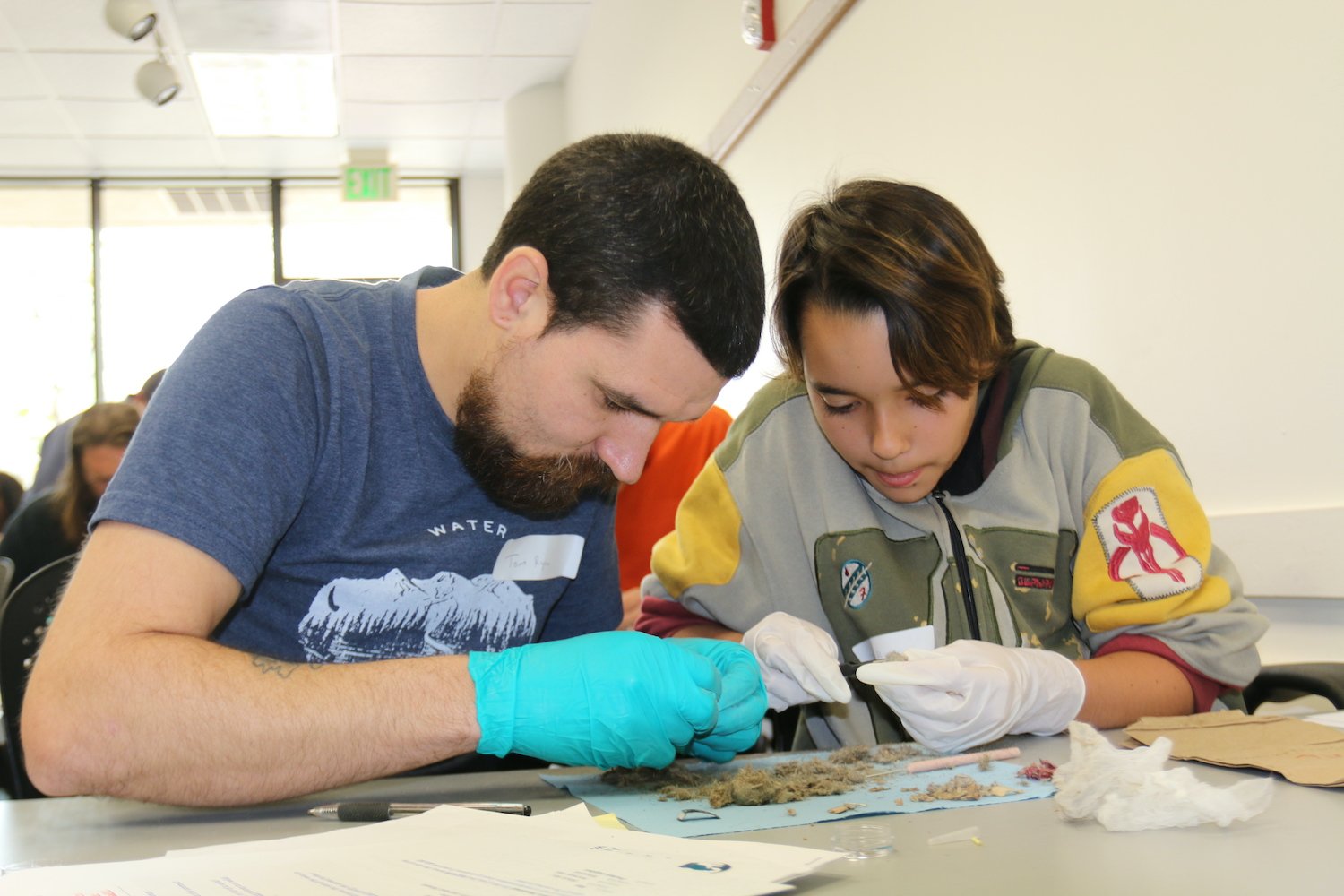When we think about scientists, we imagine people who spend years in school and then work in laboratories or exotic outdoor locations studying birds, rocks, or ocean life. But it wasn’t so long ago that the average person was just as likely to study plants, animals, and natural phenomena out of curiosity about how the world works. It’s only in the past century or so that science has become something that now requires a unique education and skills.
Citizen science, sometimes called community science, is an effort to encourage non-scientists to pursue their scientific interests. In many cases, all that’s needed is a computer and internet connection or a phone with a camera and the ability to post or email photos. Anyone can join and contribute.
The Galaxy Zoo project, for example, asks people to identify the shapes of galaxies photographed by astronomers. You might see a galaxy that no other human has seen and help astronomers understand a little more about distant parts of the universe.
April is Citizen Science Month so now is a good time to look online for a project that interests you. Here are a few URLs to get started. Searching online for local projects also might yield opportunities year-round.
https://scistarter.org/citizensciencemonth
https://science.nasa.gov/citizenscience/
https://www.citizenscience.gov
Jupiter’s Vortices

This striking image is from NASA’s ongoing Jovian Vortex Hunter project. Brian Swift took a raw photo from the JunoCam spacecraft and colorized it. The Vortex Hunter project didn’t require special training or software. 6,452 volunteers looked at JunoCam photos and categorized all the different shapes of these storms on Jupiter.
https://www.nasa.gov/image-article/nasas-juno-mission-spies-vorticesnear-jupiters-north-pole-2/
Spider Crab Watch

This project asked people to watch underwater time-lapse videos and count spider crabs. If they didn’t spot the crabs, that was okay. The project also was interested in what other marine life is around when the crabs are visible and when they’re not.
https://www.zooniverse.org/projects/spidercrabwatch/spider-crab-watch
EBike Monitoring Project

Got an ebike? The Walk Bike Berkeley group wants volunteers to help them determine the efficiency and climate-friendliness of ebikes. You’ll need a basic watt meter which you can get in a hardware store for about 30 USD. You are asked by the group to measure the electricity you use to charge your ebike and to log the miles that you ride.
https://scistarter.org/ebikemonitoring-Project
Shadows on Stone

This project is currently about halfway completed. From 1865 to 1925 the Sing Sing prison in New York State recorded information of over 50,000 incarcerated people. The handwritten notes reveal details about each person. Volunteers transcribe the handwriting to help get a better understanding of prisons during this era.
Rain, Hail, and Snow

Using low-cost tools to measure precipitation, registered volunteers can submit measurements to the Community Collaborative Rain, Hail, and Snow Network. Meteorologists — people who study the weather — use the data to help understand weather patterns over time in different areas.
https://scistarter.org/cocorahs-rainhail-Snow-network
Voyagers in Time
This nearly complete project tracks chronometers used by the British Royal Navy for ship navigation as recorded in old documents dating back to 1821. These documents record the people, places, and ships the chronometers encountered as they were used and repaired.
https://www.zooniverse.org/projects/toolsofknowledge/voyages-in-time

